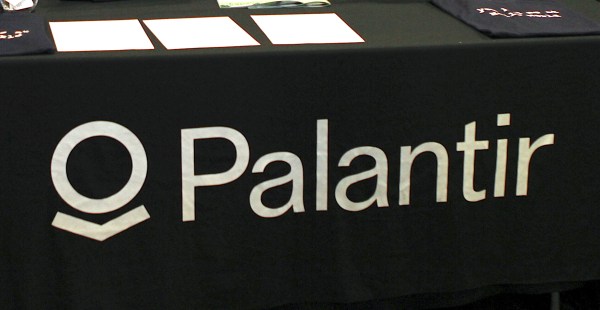The Defense Department’s inspector general audited six Pentagon enterprise resources planning systems last year and found they were experiencing cost overruns of more than $8 billion and delays anywhere between 1.5 to 12.5 years.
That problem, said Patricia Tracey, vice president of industry development for the Defense Department for HP Enterprise Services, is more of a cultural one than a technical one.
“Bringing in a new system, especially if the customer wants to adopt one out of the box, takes substantial change,” said Tracey, a retired vice admiral in the U.S. Navy. “Some organizations do not realize the change of existing processes that it may take to implement the tool properly, so it’s getting those people on-board and comfortable with those changes that tends to be the biggest hurdle.”
HP Enterprise Services previously delivered one of these systems to the United Kingdom’s Ministry of Defense’s Joint Personnel Administration that came in on time and under budget.
The project provided MOD with more than $300 million in savings over the past four years and reduced more than 1,400 human resources administrative positions that could be reassigned to more operational duties.
One of the biggest benefits HP Enterprise Services said it had at its disposal is its past history with not just implementing an ERP system but running one.
That, Tracey said, gave the company a better understanding of what users really want out of a system as opposed to getting caught up in the different implementation procedures.
For example, Tracey said the JPA system was a success because MOD’s policy analysts were able to generate more precise information from the ERP’s more effective reporting system. That enhanced information allowed them to make more information decisions.
“So much energy is used to bring an ERP alive, but the focus has to be on the input of information and the better decisions it allows officers to make,” Tracey said.
MOD is about the size of one of the services of DOD and features a more centralized authority than its American counterparts, Tracey said. That makes it slightly easier to integrate a new ERP system, but both feature high levels of complexity.
The key, Tracey said, in implementing an ERP system is getting an organization’s primary leadership constantly engaged.
“They are the ones making the policies that the ERP system will follow, so it makes good sense to bring them early and keep them focused,” Tracey said.






